General
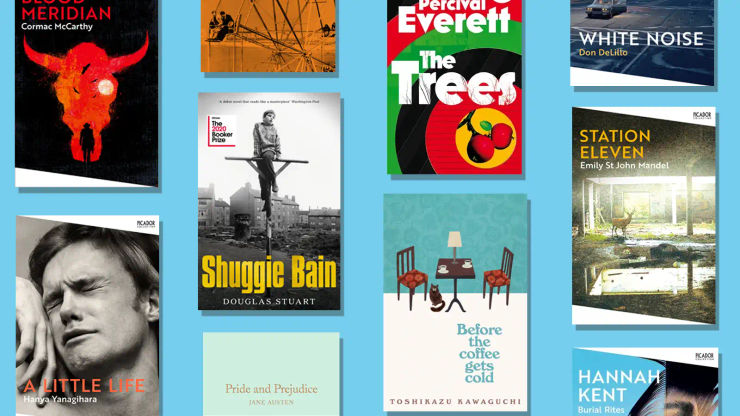
Must reads: 50 best books of all time

The best non-fiction books of 2026, and all time
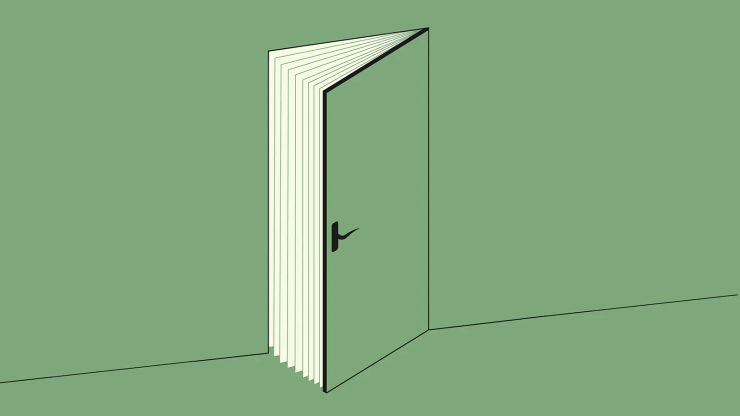
The best gateway books to help get you into a new genre in 2026

The best sports autobiographies and books

The best books for men, recommended by publishing insiders

Brilliant Christmas gift ideas: the best books to give in 2025
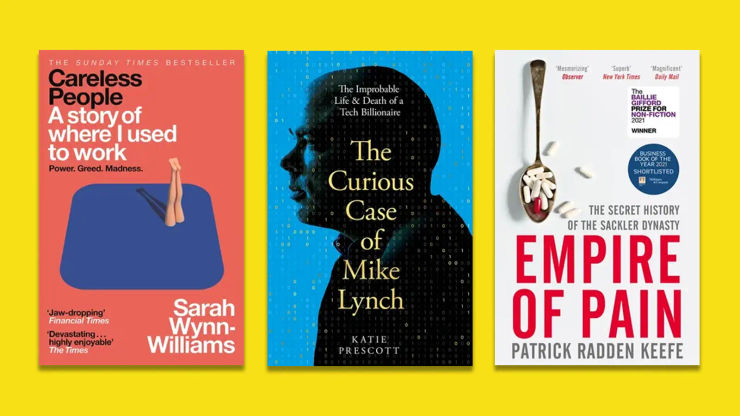
Nothing is as it seems: 9 must-read exposés

The best political books to read right now
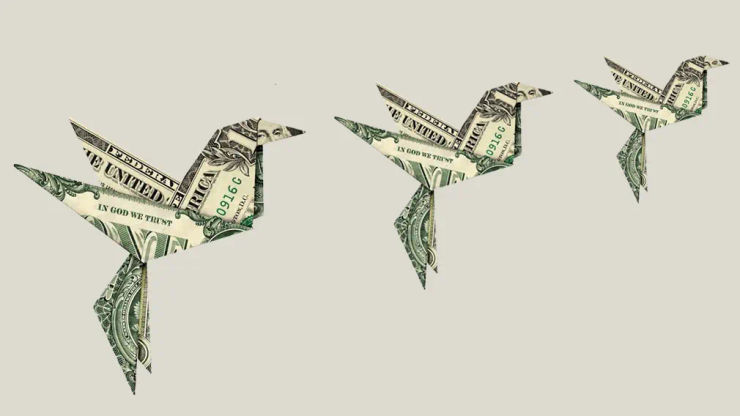
Can money buy happiness?
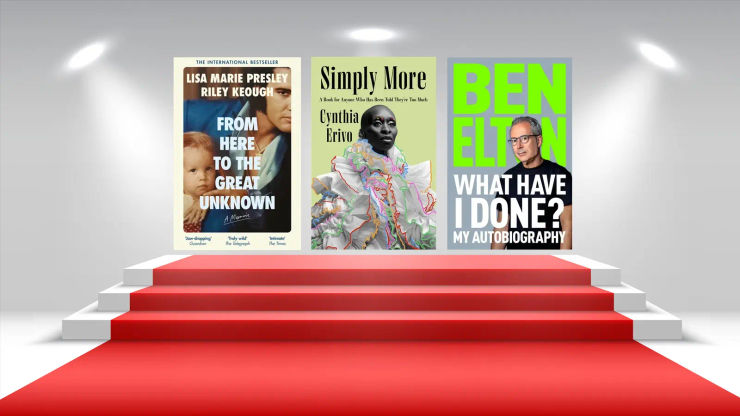
25 best celebrity autobiographies to read right now

The best finance books to read in 2025
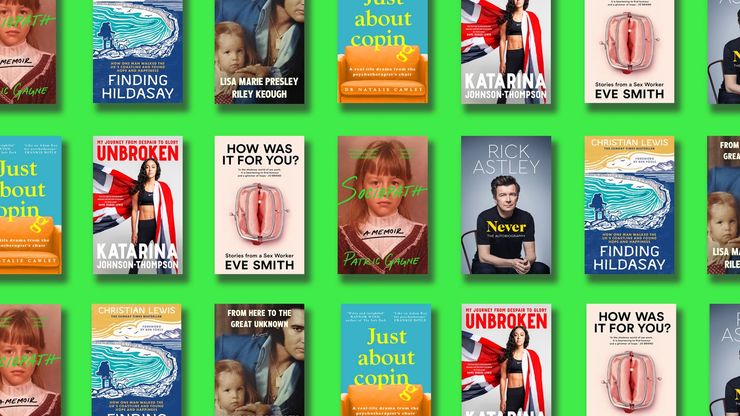
50 best autobiographies & biographies of all time

